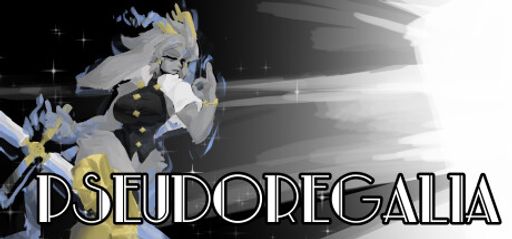Overall Impressions
Right from the start, I dove into Pseudoregalia as both a speedrunner and platformer fan. Immediately, the game shines with its deep movement system. In doing so, it carves a distinct niche in retro-inspired 3D Metroidvanias. For instance, Castle Sansa’s warped corridors felt alive. While I’ve played tight platformers before, this title truly stands out. Admittedly, a few time-trial segments felt overly punishing. At the same time, they drove me to refine every trick. Ultimately, I found a polished, cohesive world that invites exploration and mastery.
Gameplay Mechanics
At its core, Pseudoregalia’s strength lies in movement. You begin with a basic jump and dash, and soon unlock air dashes, wall runs, and glide boots. As you progress, each new ability layers on the last. Consequently, I chain combos to slice seconds off my routes. While combat remains lightweight, it’s still satisfying—striking foes between jumps feels fluid. As a result, I rarely got stuck in long fights, which lets me stay focused on speed.
User reviews praised these mechanics, and I couldn’t agree more. For example, one called them fun and unique. Learning to link moves into seamless sequences quickly became my favorite challenge. Yet, certain jumps demand pixel-perfect timing, which kept me on my toes. At first, I also noticed some moves can feel floaty. A quick adjustment in settings, however, fixed my grip. After that, every leap and dash felt intentional.
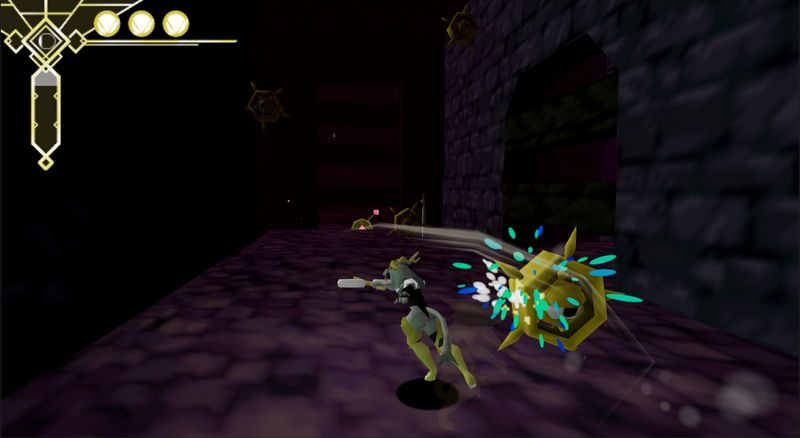
Story and Characters
In Pseudoregalia, you guide Sybil, a wanderer trapped in dreamlike ruins. The game keeps its narrative deliberately cryptic, dropping fragments of lore in texts, murals, and whispering statues. As I explored, I found myself piecing together Castle Sansa’s tragic past. Best of all, the story never overstays its welcome—it stays concise, fueling curiosity without heavy exposition.
Character design remains simple yet memorable. Although minor NPCs rarely speak, their poses suggest personality: a timid merchant crouches behind crates, while a stoic knight stands guard by a broken gate. These silent interactions spark imagination, making me want to learn each resident’s fate. Even without lavish cutscenes, the world feels lived in.
Visuals and Graphics
On the surface, Rittzler captures a retro blocky aesthetic with modern polish. Low-poly models and pixel-art textures perfectly fit the dreamlike theme. I was especially impressed by the shifting color palettes in each region: the mossy dungeon glowed with emerald hues, and a dilapidated tower flickered in cold blue light. Hard edges and soft lighting blend beautifully, and animations remain smooth—delivering precise feedback. In addition, dust motes drifting in corridors add atmosphere. Thanks to swift transitions, I rarely glanced at loading screens.
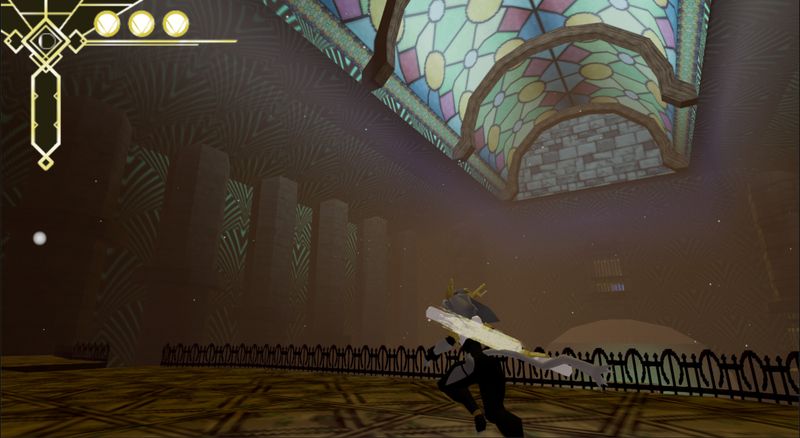
Sound and Music
The soundtrack blends chiptune melodies with subtle orchestral swells. Each track suits its environment perfectly. The forest theme feels airy and mysterious. The castle boss theme throbs with urgency. Sound effects enhance actions crisply. My dash produces a satisfying swoosh that I quickly grew to love. I missed voice acting, but the text boxes carry weight with strong writing. Silence in some chambers creates tension. The audio team nailed the balance between energy and calm.
Difficulty and Replayability
Pseudoregalia scales well for both newcomers and veterans. The main story can take about eight hours at a relaxed pace. My first full run clocked in at just under three hours. As a speedrunner, I see potential for sub-two-hour completions. Time trials for alternate outfits push the difficulty higher. I struggled most with the dilapidated dungeon trial, where one slip resets the run. Even so, those brutal challenges fueled my drive to master every jump.
Multiple paths and secret chambers reward exploration. I found hidden shortcuts that altered my routing. After completion, I returned to snag every collectible. Leaderboards add an extra layer of competition. I can see a vibrant speedrunning community forming around this title.
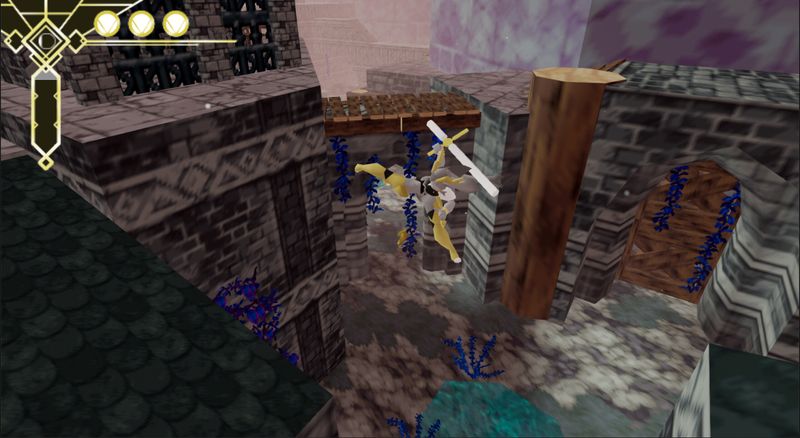
Trivia and Behind the Scenes
Developer Rittzler crafted Pseudoregalia over three years as both designer and publisher. They built the game in Unity using a custom node-based map system. Early dev blogs highlight an obsession with seamless movement. A solo composer joined late in development, creating the blissful soundtrack. Rumor has it that final boss music played on loop in the studio for months. A small beta community shaped the level design and difficulty tuning.
Score: 4.5/5 Stars
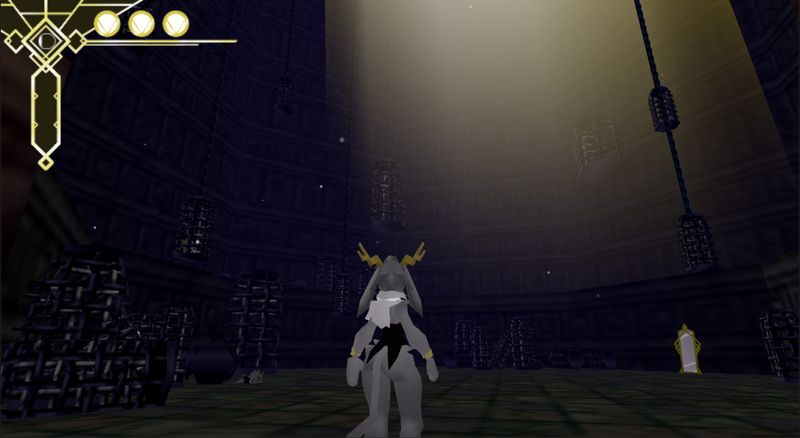
Final Thoughts
Offering a deep, rewarding movement system alongside a cohesive retro-inspired art style, balanced combat and exploration, and a memorable soundtrack and atmosphere, this title immerses players in a nostalgic yet fresh adventure. However, some time trials can feel overly punishing, and the sparse narrative leaves key story beats unresolved. Fine-tuning trial difficulty and enriching the storytelling would help elevate the overall experience and keep players engaged from start to finish.

In sum, Pseudoregalia delivers a polished retro platformer with modern design sensibilities. It challenges speedrunners and explorers alike. The movement system alone makes it worth the price. Whether you aim for casual play or record-breaking runs, this title offers depth, charm, and replay. I can’t wait to see what Rittzler builds next.

